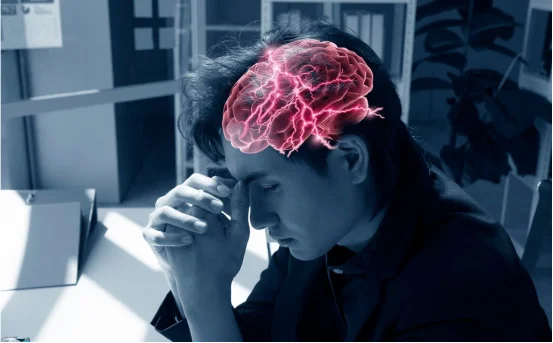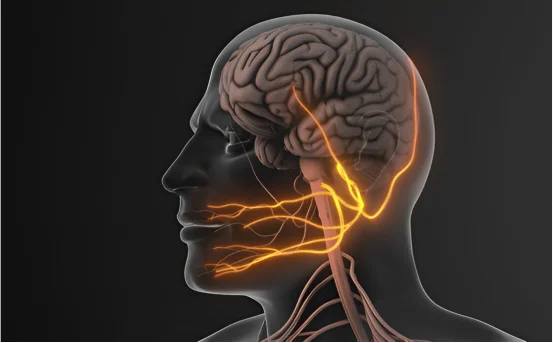Craniotomy surgery is one of the most common surgical procedures used to treat conditions involving the brain. While the word may sound intimidating, a craniotomy simply means temporarily removing a portion of the skull to access the brain for treatment. It is a critical procedure used in many neurological conditions—especially when precision and direct access are necessary.
But craniotomy is not performed for every brain-related issue. It’s reserved for specific situations where non-surgical treatments may not be effective or when quick action is needed to protect brain function. Understanding when craniotomy surgery is needed can help ease fears and provide clarity during what is often a stressful time.
What is Craniotomy Surgery?
A craniotomy involves making an incision in the scalp and removing a section of the skull (called a bone flap) to access the brain. After the procedure is completed—whether it’s tumor removal, controlling bleeding, or relieving pressure—the bone is replaced and the scalp is closed.
This type of surgery is done under general anesthesia, although in some cases (especially when the brain areas related to speech or movement are involved), the patient may be kept awake for part of the procedure to ensure critical functions aren’t affected.
When is Craniotomy Surgery Needed?
- Brain Tumors :- One of the most common reasons for a craniotomy is the removal of a brain tumor. If the tumor is causing symptoms such as seizures, headaches, vision problems, or changes in behavior—and it’s located in a place that can be safely accessed—surgery may be necessary. Craniotomy allows the surgeon to remove all or part of the tumor and relieve pressure on the brain.
- Traumatic Brain Injury :- Severe head injuries can lead to internal bleeding, swelling, or blood clots inside the brain. If these conditions cause increased pressure within the skull (known as intracranial pressure), a craniotomy may be needed urgently to relieve the pressure, remove blood clots, or repair damaged blood vessels.
- Brain Aneurysms :- A brain aneurysm is a bulging or weak spot in a blood vessel that can rupture and cause life-threatening bleeding. In some cases, especially when the aneurysm has burst or is at high risk of rupturing, craniotomy surgery is used to clip or seal the aneurysm and prevent further bleeding.
- Arteriovenous Malformation (AVM) :- AVMs are abnormal tangles of blood vessels in the brain that can rupture and cause bleeding. If an AVM is large or has bled before, surgery may be recommended to remove or reduce it through a craniotomy to prevent future complications.
- Brain Abscess or Infection :- In rare cases, infections in the brain can lead to the formation of an abscess—a collection of pus that must be drained. A craniotomy provides access for drainage and cleaning of the infected area, helping to control the infection and prevent further damage.
- Hydrocephalus or Excess Fluid :- When fluid builds up inside the brain’s cavities (ventricles), it can cause pressure and damage. A craniotomy may be used to insert a shunt (a tube system) or create a drainage path to relieve the pressure and protect brain function.
- Biopsy of Deep Brain Lesions :- If doctors cannot confirm a diagnosis through imaging alone, a craniotomy may be performed to take a small tissue sample (biopsy) from the brain. This helps in diagnosing tumors, infections, or inflammatory conditions.
When Craniotomy May Not Be Needed
Not all brain conditions require surgery. In many cases, tumors or lesions can be treated with medications, radiation therapy, or minimally invasive procedures like endoscopy or stereotactic needle biopsy. The decision to proceed with a craniotomy is based on careful evaluation of the risks and potential benefits.
Final Thoughts
Craniotomy is a powerful surgical tool that allows neurosurgeons to treat complex and life-threatening brain conditions. While the idea of brain surgery can be overwhelming, this procedure has helped countless patients regain function, reduce symptoms, and live healthier lives.
If you or someone you care about is facing a potential craniotomy, understanding when and why it’s needed can bring peace of mind. With experienced surgeons, advanced imaging, and better safety protocols, craniotomy is safer and more effective than ever before.























